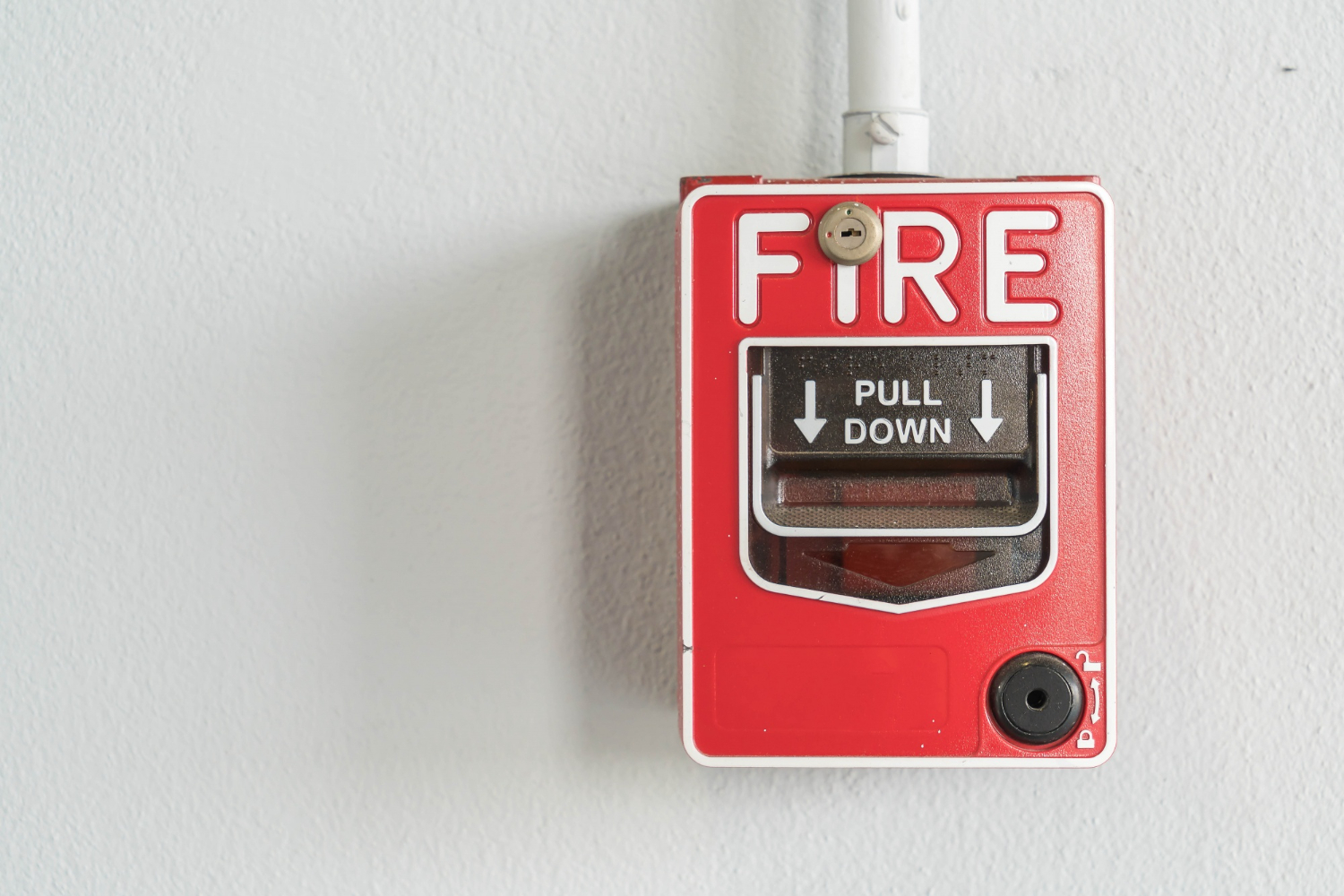
Introduction
Fire emergencies can strike any time, making rapid response and effective fire suppression critical for saving lives and minimizing damage. With advancements in technology, emergency response equipment has become more efficient, reliable, and capable of handling a variety of fire hazards. This article explores the latest breakthroughs in fire safety equipment, from high-tech fire suppression systems to cutting-edge personal protective gear.
1. Smart Fire Detection and Suppression Systems
Traditional fire alarms and sprinkler systems have evolved significantly. Modern solutions now incorporate AI-powered sensors and automated suppression systems that can detect fires faster and respond with precision. Key innovations include:
- Wireless Smoke and Heat Sensors: These systems provide real-time alerts to emergency services, even before flames become visible.
- Automated Fire Suppression: Using gas-based, foam, or mist-based technology, these systems can quickly extinguish fires without causing water damage.
- IoT-Connected Fire Safety Systems: These allow for remote monitoring and control, improving response times and minimizing false alarms.
2. Rapid Intervention Vehicles (RIVs) for High-Risk Environments
Fire trucks are no longer the only solution for emergency response. Rapid Intervention Vehicles (RIVs) have become essential for fighting fires in tight or high-risk environments, such as industrial plants, oil rigs, and commercial buildings. Features of modern RIVs include:
- Compact and agile designs for quick manoeuvrability in congested areas.
- High-pressure water and foam delivery systems that allow for fast suppression of large fires.
- Thermal imaging cameras help firefighters locate heat sources and potential hazards.
3. Advanced Personal Protective Equipment (PPE) for Firefighters
Firefighter safety is a top priority, and new fire-resistant gear is enhancing protection and mobility. Some of the latest advancements include:
- Heat-resistant, lightweight suits that provide superior insulation without compromising flexibility.
- Smart helmets with built-in communication systems, allow real-time coordination between teams.
- Exoskeleton-assisted suits reduce fatigue and enhance endurance during prolonged firefighting operations.
4. Firefighting Drones and Robotics
The use of drones and robotic fire suppression units is revolutionizing fire response, especially in dangerous or inaccessible areas. Innovations in this area include:
- Aerial drones equipped with thermal imaging and high-definition cameras to assess fire conditions before responders arrive.
- Autonomous firefighting robots can navigate hazardous environments and spray water or foam onto flames.
- AI-assisted drone coordination, ensuring multiple drones work together efficiently to provide situational awareness.
5. Next-Gen Fire Extinguishers and Suppression Agents
Fire extinguishers and suppression chemicals are evolving to be more eco-friendly and effective. Some of the latest developments include:
- Water mist extinguishers that cool flames without excessive water damage.
- Clean agent fire suppressants, which are non-toxic and ideal for sensitive environments like data centres and hospitals.
- Aerosol-based fire suppression works by disrupting the chemical reaction of fire, making it highly effective in confined spaces.
Conclusion
The future of fire safety is driven by innovation, and these breakthroughs are making emergency response faster, smarter, and safer. Whether through AI-powered detection systems, advanced firefighting vehicles, or robotics, the goal remains the same: to save lives and protect property with cutting-edge technology.
To stay ahead of fire risks, organizations and individuals must invest in modern fire safety solutions and stay informed about the latest advancements. With continued research and development, we can expect even greater improvements in fire prevention and emergency response in the years to come.
